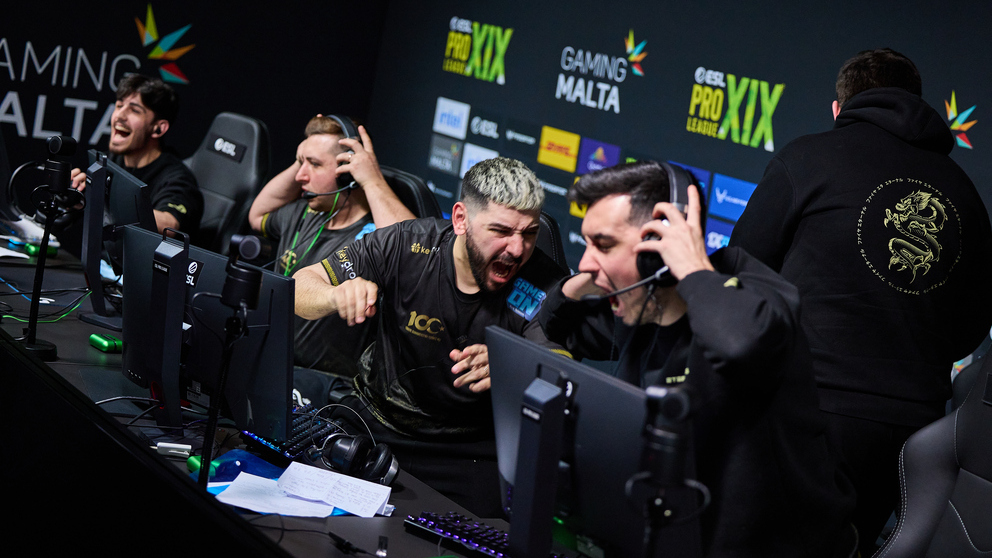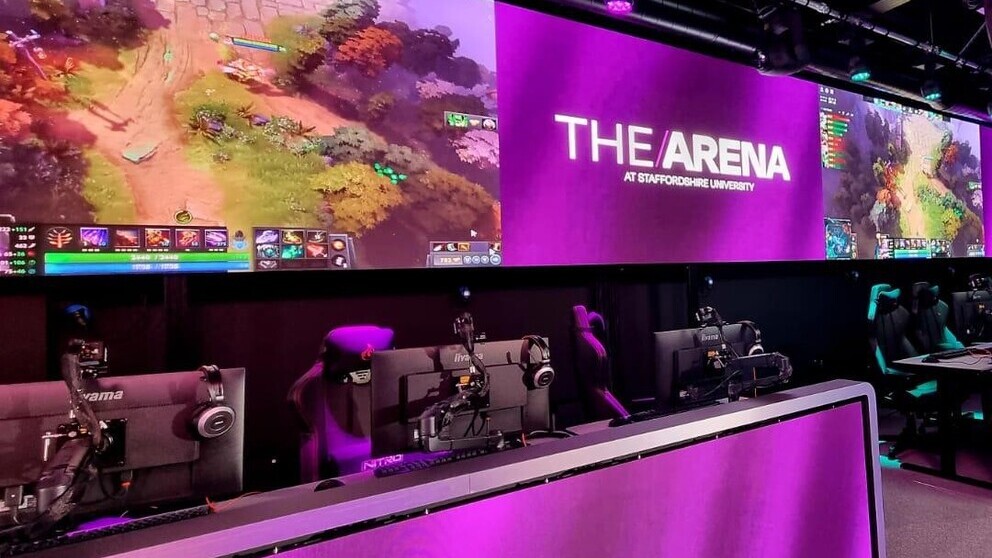When it comes to producing an eye-catching spectacle, esports companies have come a long way since the early days of small-scale tournaments and low production values. Today, a regular production for a high-tier tournament has dozens of people taking part, and using some of the most high-tech products available.
To understand more about the progressive trends that shape up esports production, we spoke to Fabian Leimbach, the Senior Director of Broadcast Engineering at the ESL FACEIT Group, competitive games and esports company, and Leon Herche, Head of Creative Production at bright! Studios, a visual design and AR studio.
Humble beginnings to mass distribution
“The esports production sector has changed significantly in the last couple of years,” said Leimbach, with the biggest changes apparent in the levels...
You are not signed in.
Only registered users can view this article.
NAB show review: Tariffs, technology and legacy business in the spotlight
Artist led, AI driven, fan-first media show the way forward at a NAB show dominated by tariff-suffering hardware vendors and advertiser weakened broadcast.

Virtual Production: Practical advice for lighting the volume
Adrian Pennington explores the many and varied lighting considerations for shoots within an LED volume where the ambition is to seamlessly marry virtual and real world environments.
Bright future: How CoSTAR will ideate the next wave in UK creative IP
If the UK’s creative industries are to continue to add hundreds of billions of pounds in value to the country’s economy then much will rely on the success of a new network of tech labs exploring the future of media.
 10 (1).jpg)
OTT evolution: Shifting business models, monetisation and personalisation
Over the past two decades, the over‐the‐top (OTT) industry has undergone a remarkable transformation from a niche experiment to a multi‐billion‐dollar ecosystem, writes John Maxwell-Hobbs.
.jpg)
AI through the looking glass: Digital natives
When it comes to AI, the M&E industry should take a more active interest in the views of its young people if it wants them to remain part of it, writes James McKeown.




